Santo Niño de Calapan & Other Oriental Mindoro Festivals
Santo Niño de Calapan Festival is the first and last festival of the year, in Calapan City, Oriental Mindoro. This month-long celebration begins in December. It finishes with a grand parade and feast on the 1st January.
Santo Niño isn’t the only Festival held in Calapan City. Calapan City and Oriental Mindoro have many more festivals throughout the year. Making it the perfect destination for those seeking culture, religion and history.
Santo Niño de Calapan – December & 1st January
Cebu City has the well-known Sinulog Festival. Boracay and Kalibo have the Ati-Atihan Festivals (see our Visaya Festival Article).
Calapan City, in the Province of Oriental Mindoro, has its own; the Santo Niño de Calapan Festival.
The Feast of Sto. Niño (the child Jesus) is celebrated in many cities and towns across the Philippines. But Calapan City’s Santo Niño Festival is a month long with the Feast taking place on 1st January
-

-

-

-

-

-

-

Images provided by Calapan City Tourism, Sto. Niño Cathedral, and Calapan City Information Office
The festival honors the city’s patron, the young child Jesus, Santo Niño. The celebration starts in December, extends across the Christmas season and finishes on 1st January.
It is packed with nightly cultural presentations, agro-industrial and tourism fairs, concerts and street dancing. Plus yuletide activities such as the lighting of a giant Christmas tree and a fabulous fireworks display.
History of the Santo Niño
The original Santo Niño statue was a gift from Ferdinand Magellan to rulers Rajah Humabon, and his wife Hara Amihan (who became Carlos and Juana of Cebu). Magellan presented the statue to them on the event of their baptism in to the Christian faith in 1521.
The original Santo Niño is permanently located at the Basilica del Santo Niño, in Cebu, in a bullet-proof display cabinet. It is the oldest religious statue in the Philippines. The original statue has been replicated by many cities and Towns throughout the country for use in their own processions and celebrations.
The Kalap Festival, Calapan – 21st March
Calapan’s other big festival is the Kalap Festival on 21st March.
The festival is relatively new, launching in 2009 and it celebrates the founding anniversary of Calapan as a City.
The name of the festival comes from the city’s name. There are different versions of how the city came by its name.
The tagalog word ‘Kalap’ can mean both “to gather wood” or “branch (of a tree)”. Some people believe that in the distant past it was an area where communities came together when out gathering wood.
Others believe that the name came about because a community of people moved from another nearby area; as a ‘branch’ of that community. In the context of the festival, Kalap is used to mean a gathering together of the city’s history and culture in one event, falling on the city’s founding anniversary.
Lots of events and activities are held besides the grand parade and street party; Bangkathon, a Job fair and Employees Day, Mini Olympics and a Bulilit field demo. A beauty pageant, Mutya ng Lungsod ng Calapan is held, as a well as Araw ng Kababaihan or Women’s Day.
The Kalap Festival’s Grande Parade features colorful costumes, floats and street dancing. The floats and costumes are designed to represent defining moments in the city’s history. Many costumes and street dance performances reflect the act of ‘gathering’. Whether it is gathering wood, the harvest or fish.
-

-

-

-

-

-

-

Kalap Festival images provided by Calapan City Tourism
Mahalta Na Festival, Calapan – 2nd week of November
Mahalta Na celebrates the Founding of Oriental Mindoro and how religion, culture and tradition are an integral to the lives of the people of Mindoro. The Festival name honors 4 of Oriental Mindoro’s key icons. Each gives the start of its name, to form the festival name:-
- MAngyan (tribe),
- Mount HALcon,
- TAmaraw (Buffalo) ,
- NAujan Lake MAHALTA NA
-

-

-

-

-

-

-

Mahalta Na Festival images provided by Calapan City Tourism
The Festival is one week-long, with Mardi Gras entries from all 15 towns in the province. The Festival traditionally features :
- Fiesta ‘MAHALTA NA’ Opening & Flag Raising Ceremony
- Search for Cleanest/safest/greenest LGU’s
- Miss Oriental Mindoro Pageant Night.
- Traditional Games/Fun Games at Bulwagang Panlalawigan
- Bulwagang Panlalawigan Hatawan 2019
- LGU Night at Bulwagang Panlalawigan.
- Senior Citizens Day
- Women’s Day Celebration
- Larong Or Min: Schools and Colleges Basketball Exhibition Games.
- Quiz Bowl
- Teachers’ Awarding Activities
- Into the Beat: Indak OPM.
- Fiesta ‘MAHALTA NA’
- Misa ng Sambayanan
- Anniversary Program
- Parada ng Sambayanan
- The Festival Showcase at OMNHS Grandstand
- Pasasalamat sa Galing at Serbisyo ng mga Mindoreño
- The Grand Fireworks Display.
Other Festivals in Oriental Mindoro
Basudani Festival, Bansud – January
The Basudani is a harvest thanksgiving Festival and takes place in honor of the patron saint Santo Niño. The main celebration is a street dancing parade.
SIPAG Festival, Roxas – January
This festival celebrates the produce and ingenuity Roxas is most famous for
- Saging (Banana)
- Isda (Fish)
- Prutas (Fruits)
- PAlay
- Gulay
Banana Festival, Baco – January
The Banana Festival is held on Baco’s Founding Day, to give thanks for the abundance of the banana in the area. Celebrations include traditional serenades (lupakan and harana) and the Pandangguhan; dance with lights. There is Street dancing as well as meals and treats made with banana’s out on display for hungry festival goers.
Coco Festival, SAN TEODORO – February
This festival honors and celebrates San Teodoro’s most prominent product; the coconut.
Pandang Gitab, Calapan City – February
The Pandang Gitab Festival is a unique festival as it takes place at night. The Pandang Gitab honors a tradition from the island of Lubang Island, Mindoro. It has been the official festival of Oriental Mindoro, since 2001.
Pandang sa ilaw “to dance with light” is a traditional dance honoring the practice of the wives of fishermen, who would carry oil lamps down to the shore to meet their husbands. The Festival is alight with groups dancing the traditional steps, in colorful costumes based on the baro’t saya, and holding lamps or lights.
Sulyog Festival, Bongabong – March
The Sulyog Festival honors the two main products from the area; Banana’s “Suli” and Coconuts “niyog”. It also honors the patron saint Joseph and features street dancing which reflects the farming customs and traditions of the town.
Bahaghari Festival, Pinamalayan – April
This is a very colorful festival depicting the brilliance and importance of rainbows in Pinamalayan history and culture. Rainbows represent the unity, harmony and resilience of the people. Activities include a colorful street dance competition, cultural and religious presentations and a product and trade fair
Sab’uyan Festival, Pola – June
The Sab’uyan Festival is held in honor of John the Baptist. A Fluvial Procession takes the image of Saint John the Baptist back to where it was found; the sea. Many people board the boats and throw water at each other as a blessing and good luck. Once back on dry land the image is carried around the streets, followed by street dancers.
Pakapya-Agtike Festival, Socorro – June
Replicates the harvest thanksgiving rituals of the Tadyawan Mangyan Tribes. The festival includes a street dancing competition and activities which celebrate Socorro’s abundant crops and harvest.
Biniray Festival, Bulalacao – June
This festivals honors patron saints Peter and Paul, introduced by Panay settlers, and the blessings from the sea. It’s an early morning start, with a flotilla of colorfully decorated boats in Bulalacao Bay. The saints statues are then paraded through the streets, with local schools taking part in street dancing displays. A parade also takes place after sunset, finishing at the church where they are crowned amidst singing and dancing.
Dabalistihit Festival, Naujan – September
The name for this Festival comes from the various species found in the Naujan Lake;
- DAlag
- BAnak
- BangLIS
- TIlapia
- HITo
The festival includes a street dance parade, with props and costumes reflecting the various species found in the lake.
Kapakyanan Festival, Victoria – September
Known as the ‘fruit basket of Oriental Mindoro’ Victoria celebrates its abundance of fruits, such as rambutan, lanzones and durian. Kapakyanan is a Mangyan term meaning abundance.
Kawayanan Festival, Gloria – October
This festival celebrates the abundance of different varieties of “kawayan” (Bamboo) grown in the area. The Festival features street dances with costumes made from bamboo materials. A Trade Fare is also held showcasing furniture, souvenirs and other products made from Bamboo.
Kaaldawan Iraya Festival, Puerto Galera – October
This festival celebrates the Iraya Mangyan Tribe and its unique culture. The festival features Iraya Dances, indigenous games, songs and folktales. The highlight is the street dance competition.
Mangyan Festival, Mansalay – November
Celebrates the Mangyan’s , the idigenous tribes of Oriental Mindoro. It promotes the highest ideals of the Hununuo and Buhid tribes, as well as the people of Mansalay.
Check out our Visayan Festivals article, which covers Kalibo’s Ati-Atihan Festival, Cebu’s Sinulog Festival and Iloilo’s Dinagyang Festival



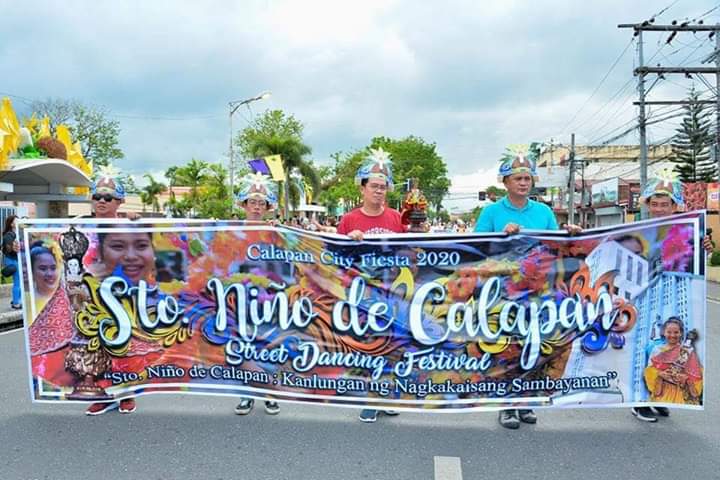
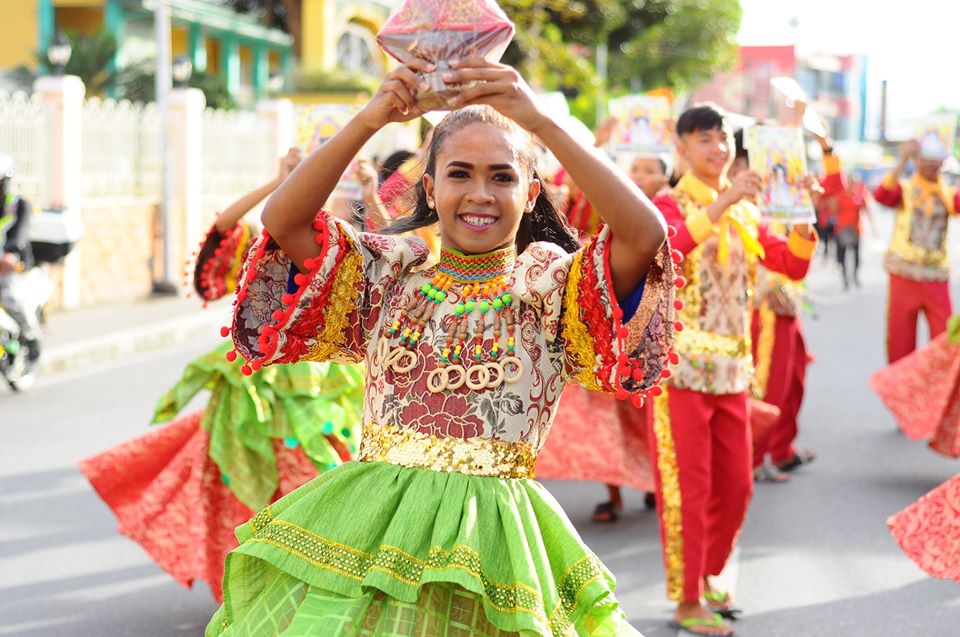
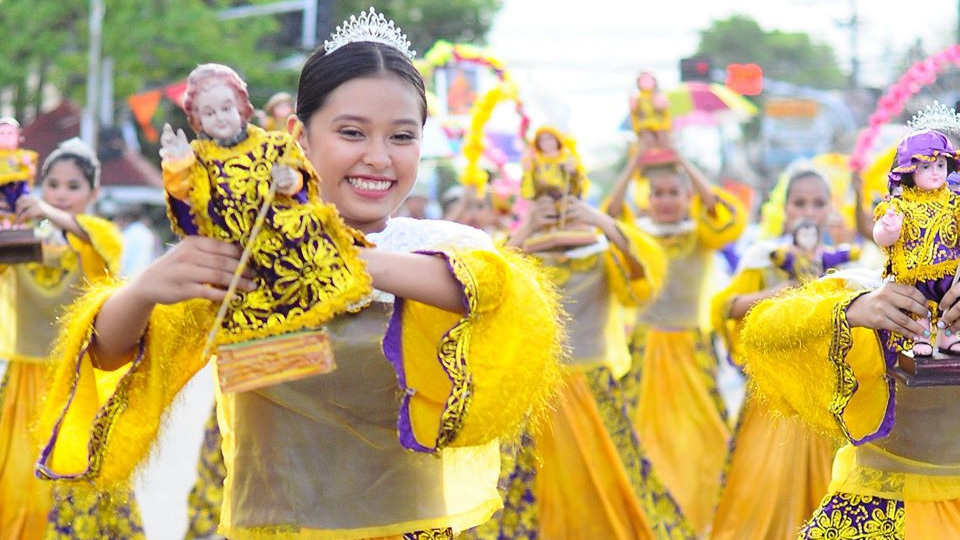
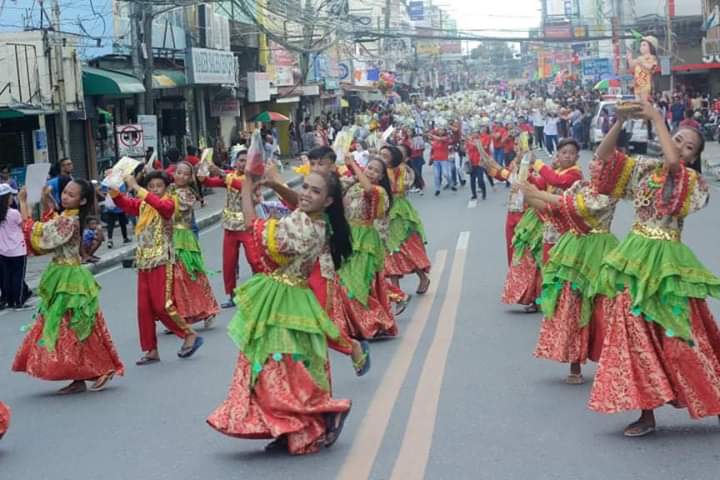
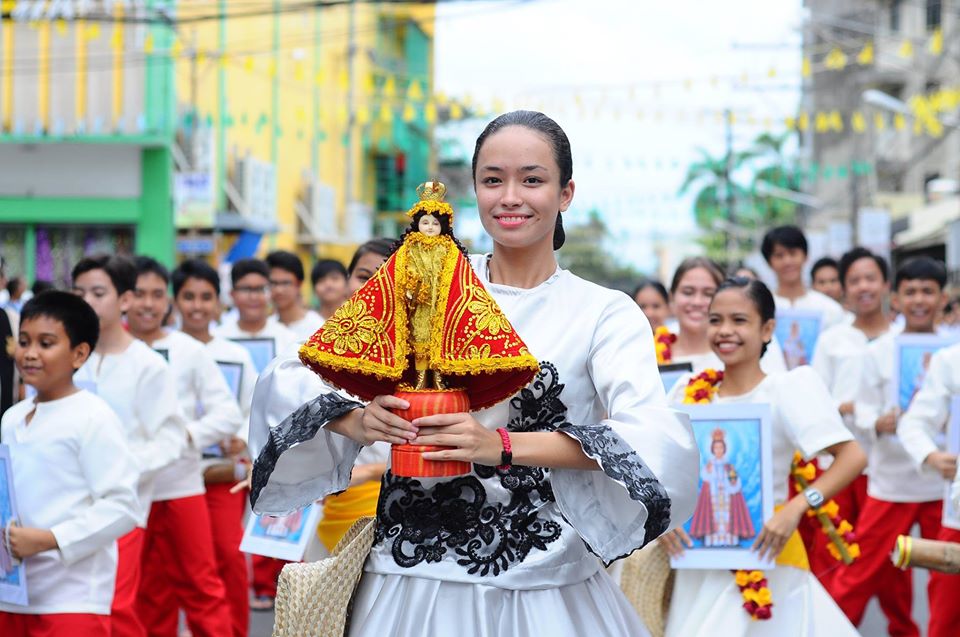
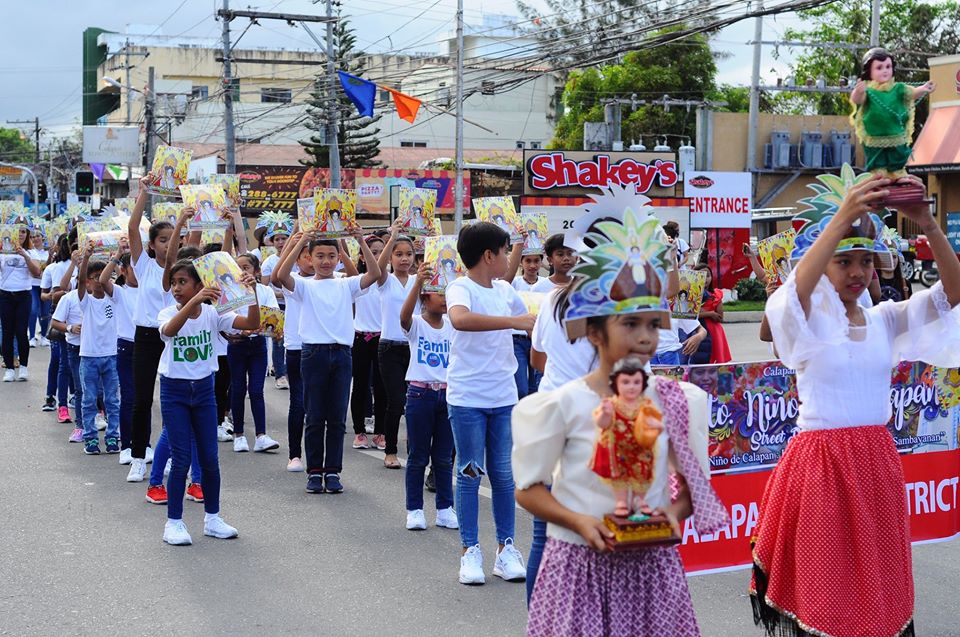
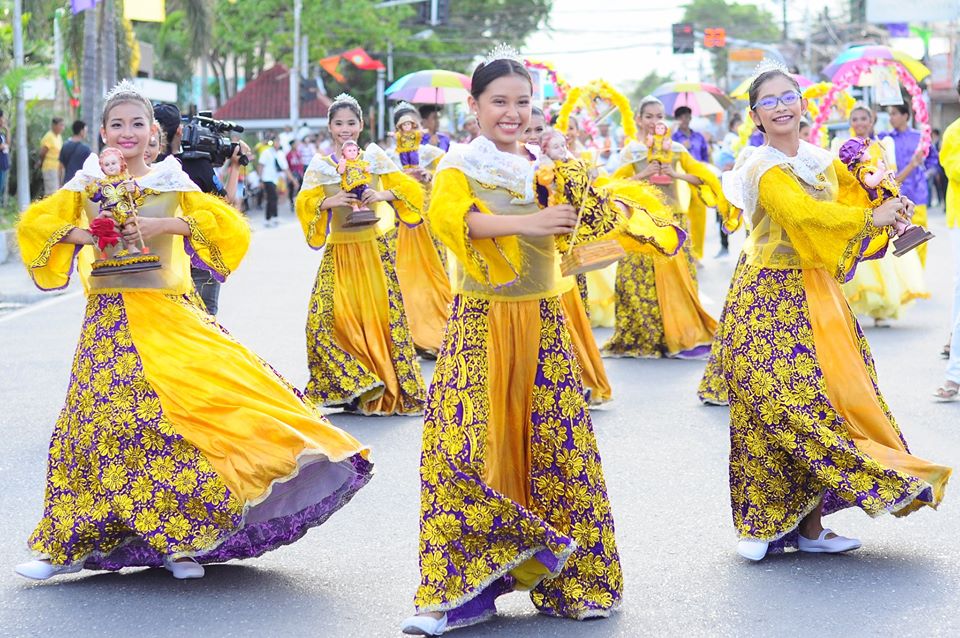
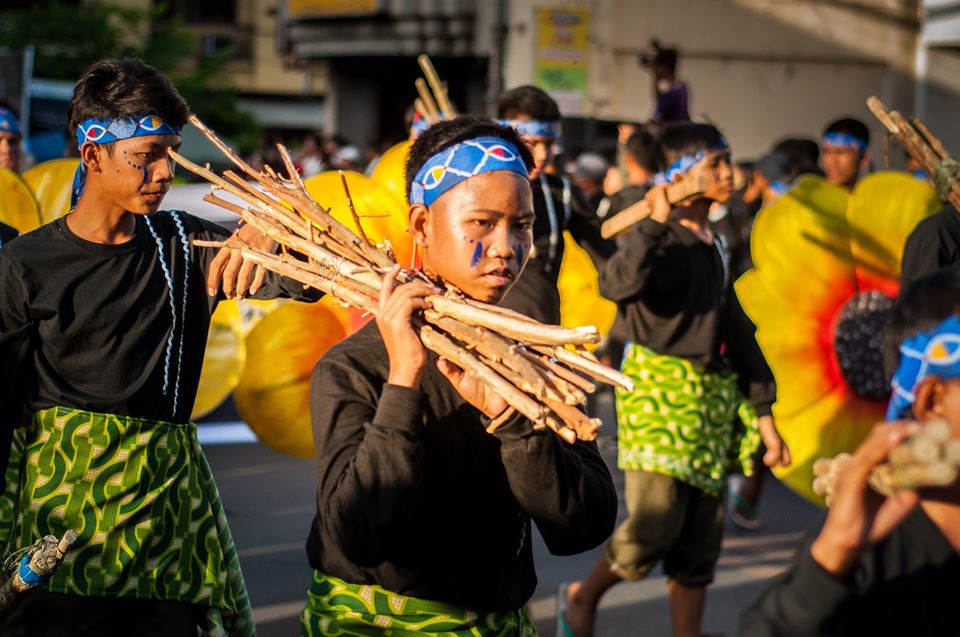
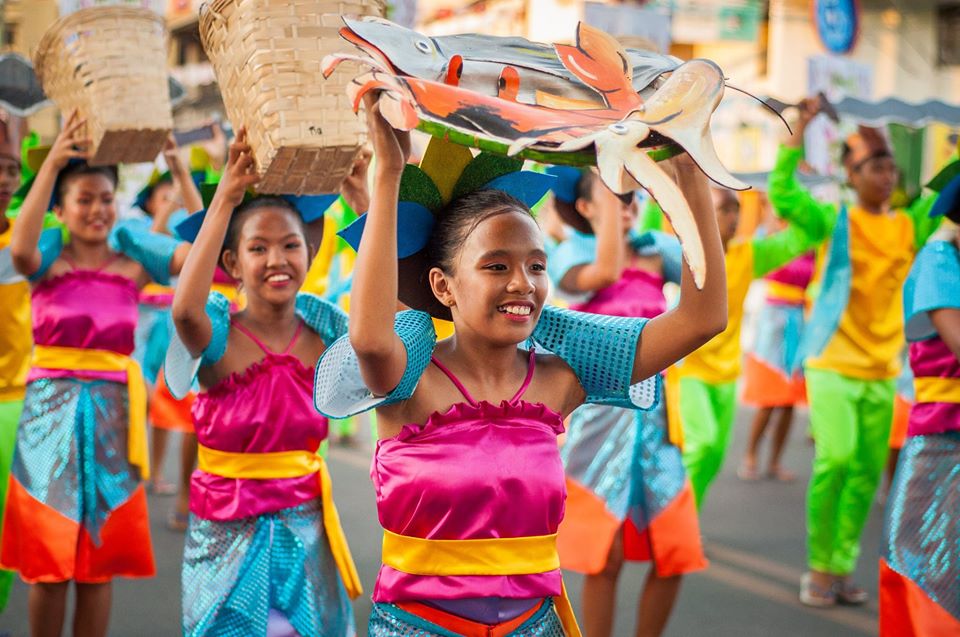
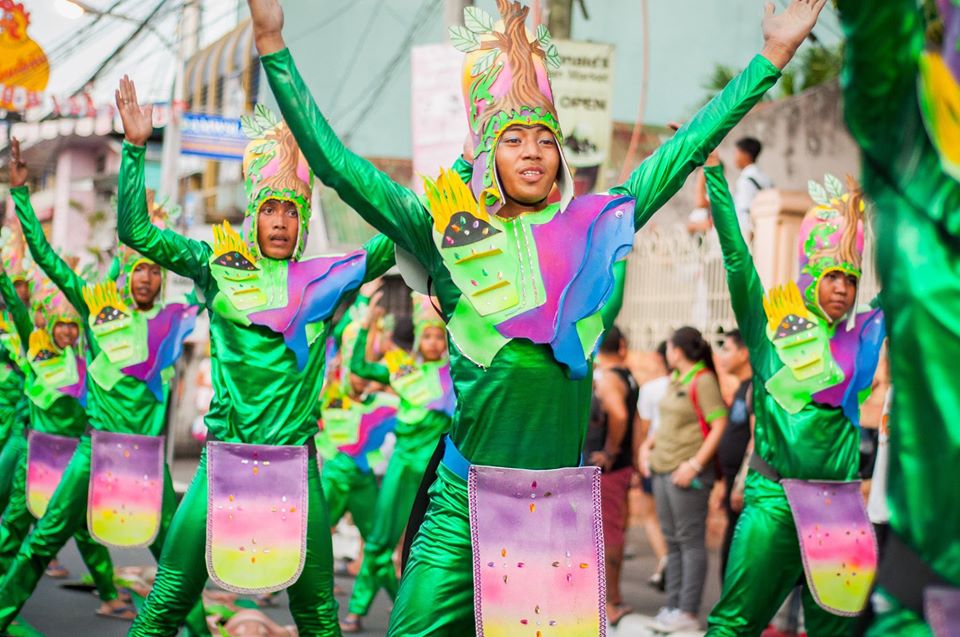
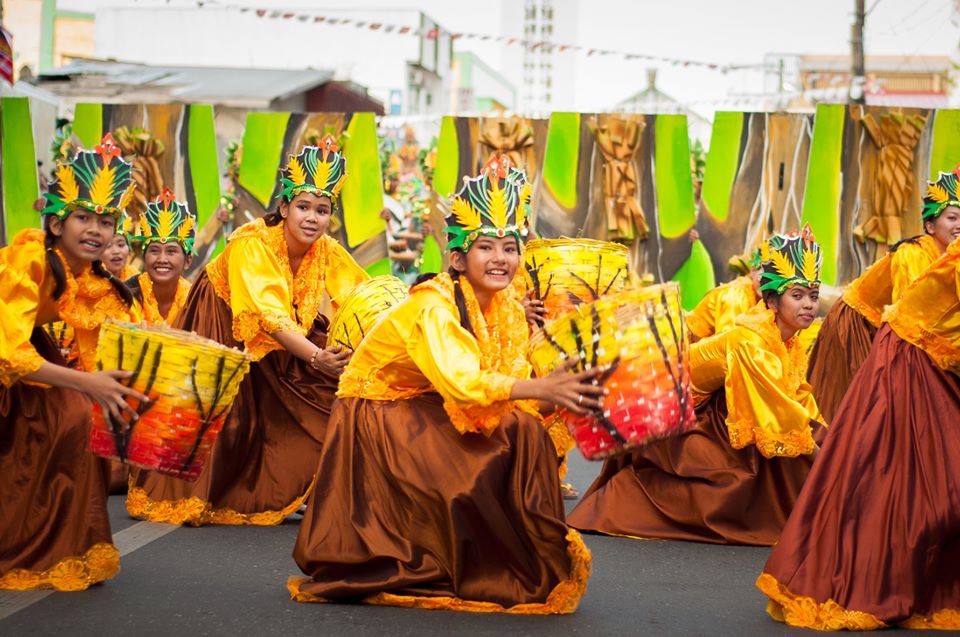
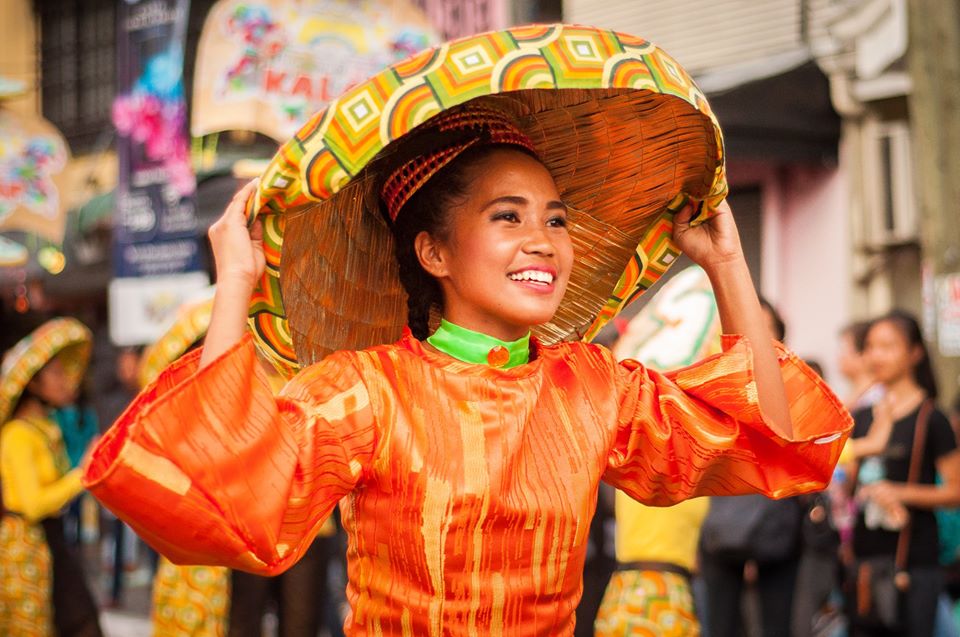
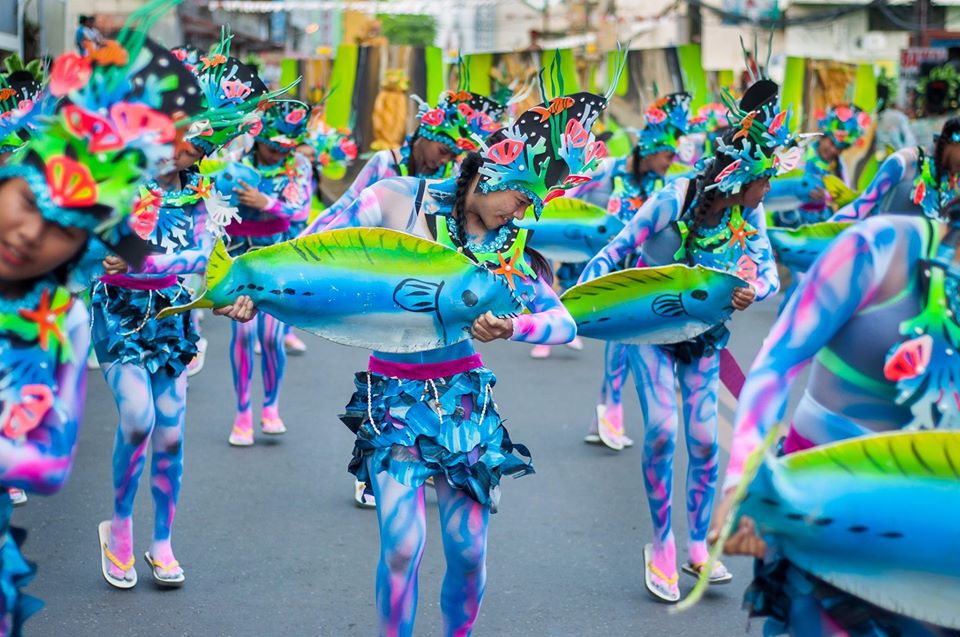
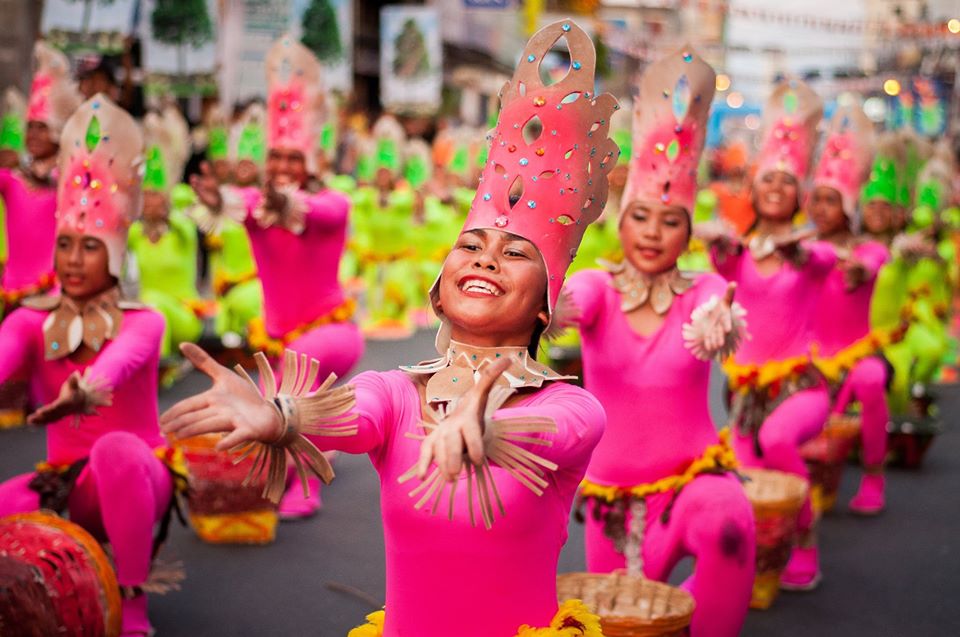
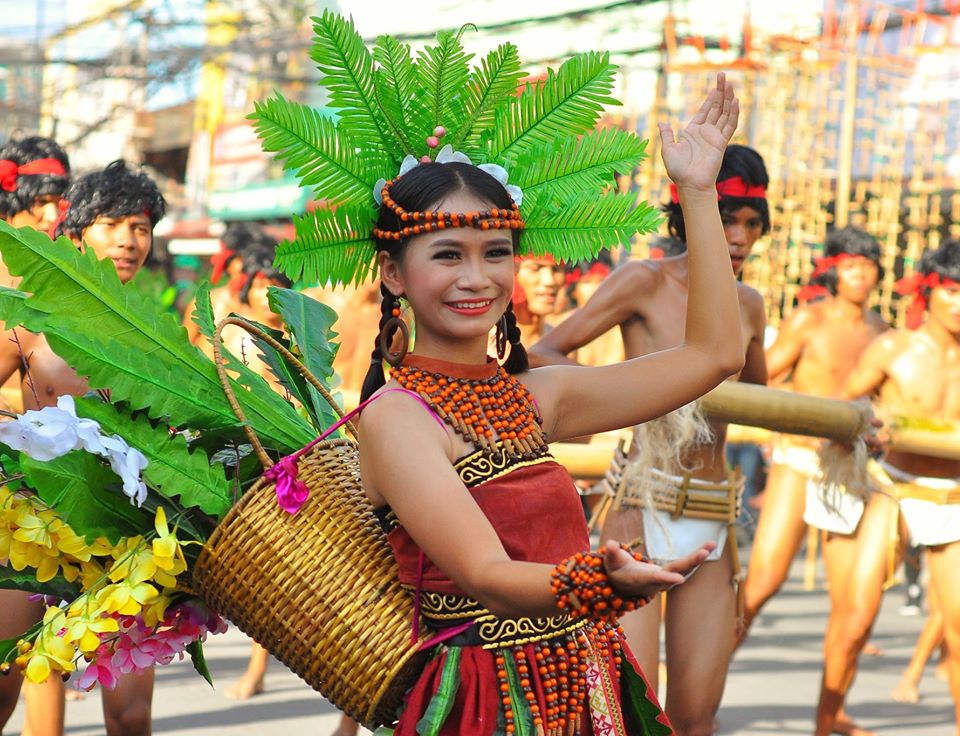
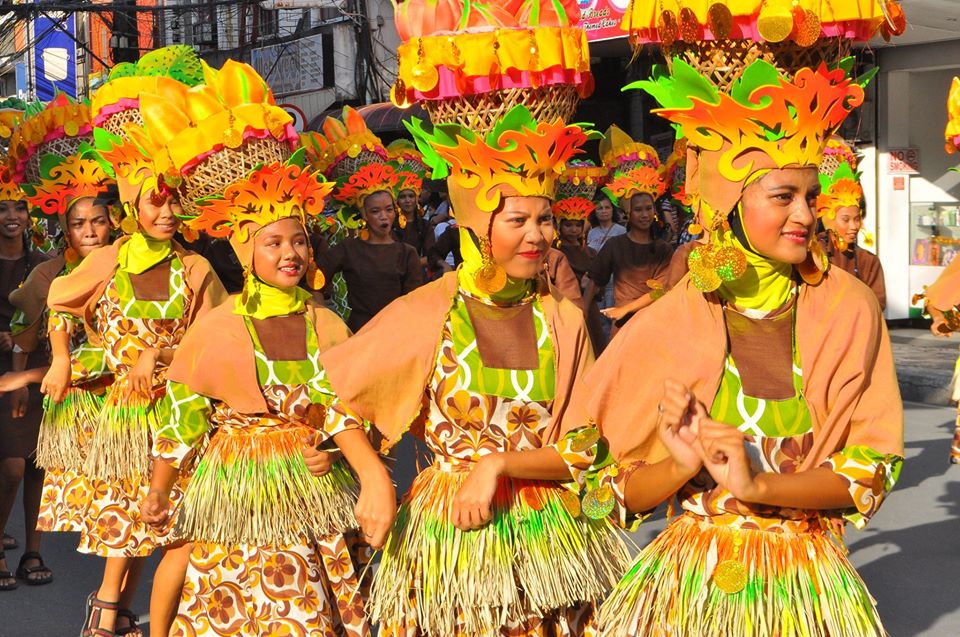
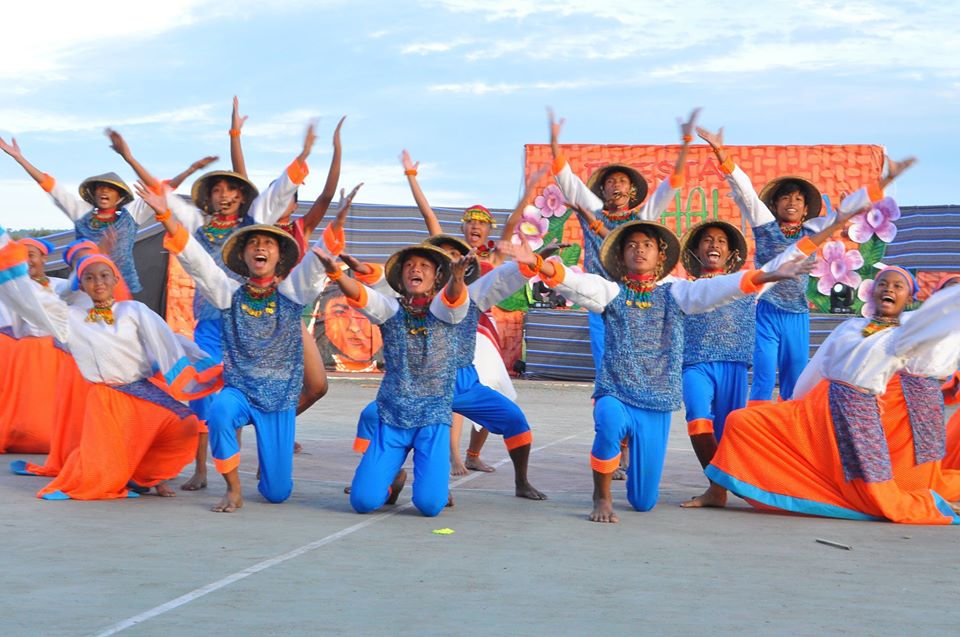
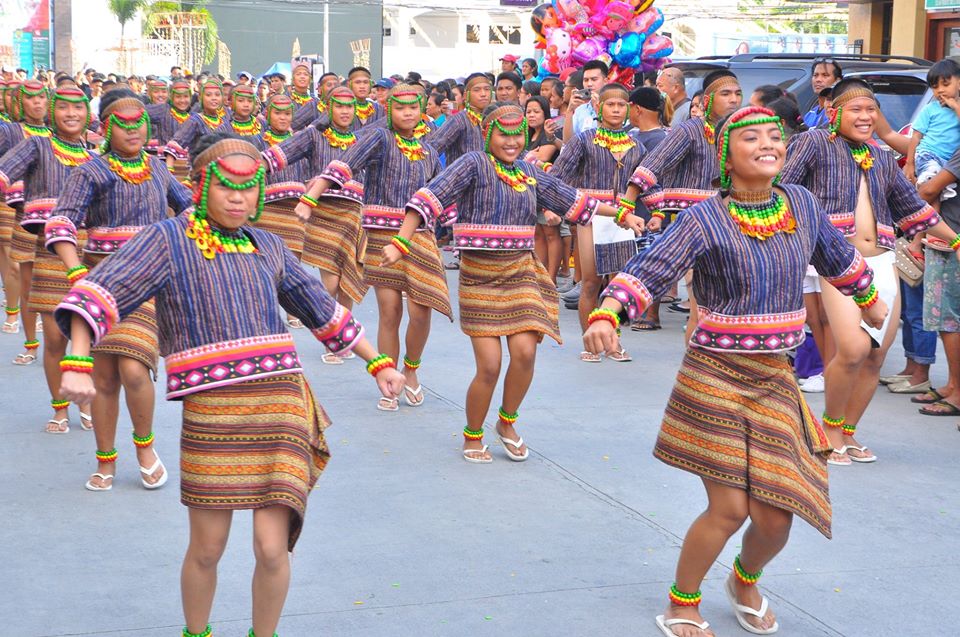
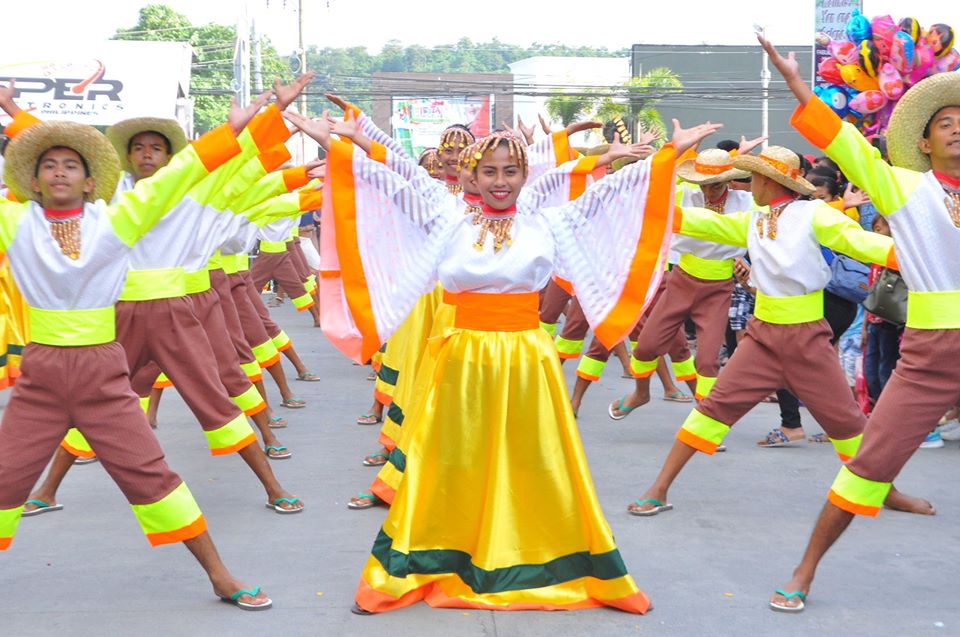
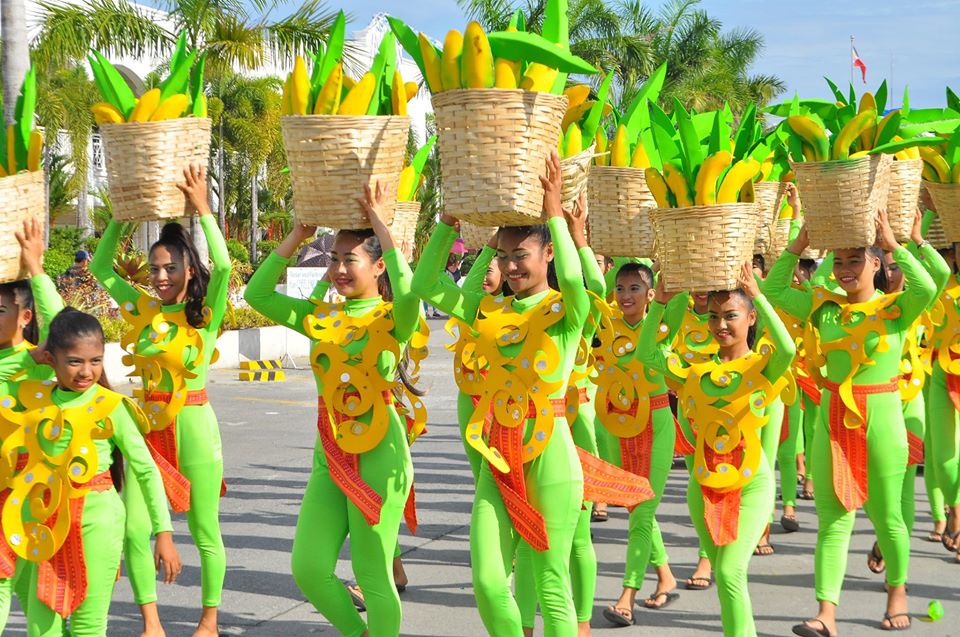
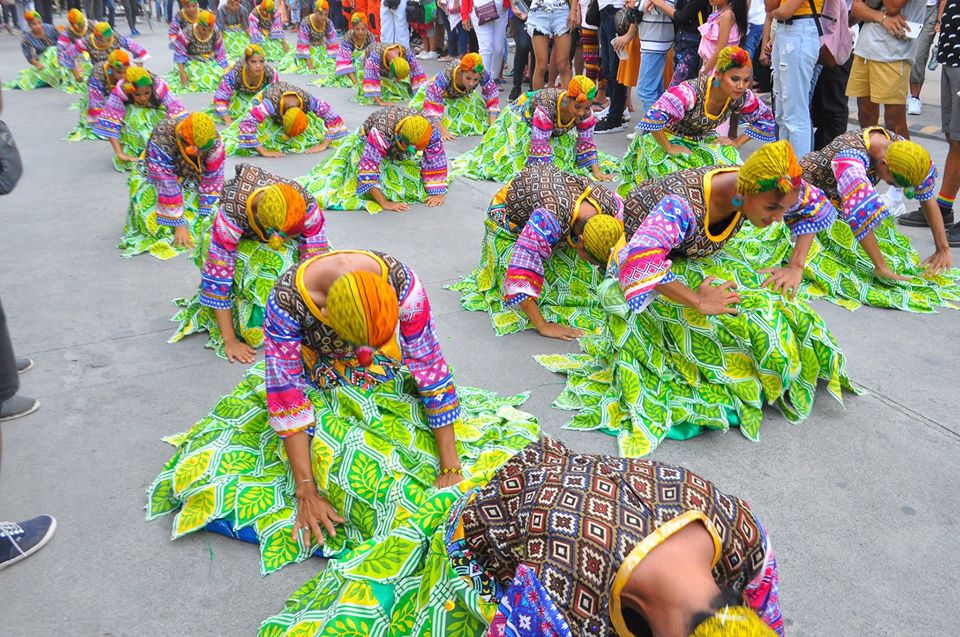


SULYOG Festival of Bongabong on March. Watch for it!